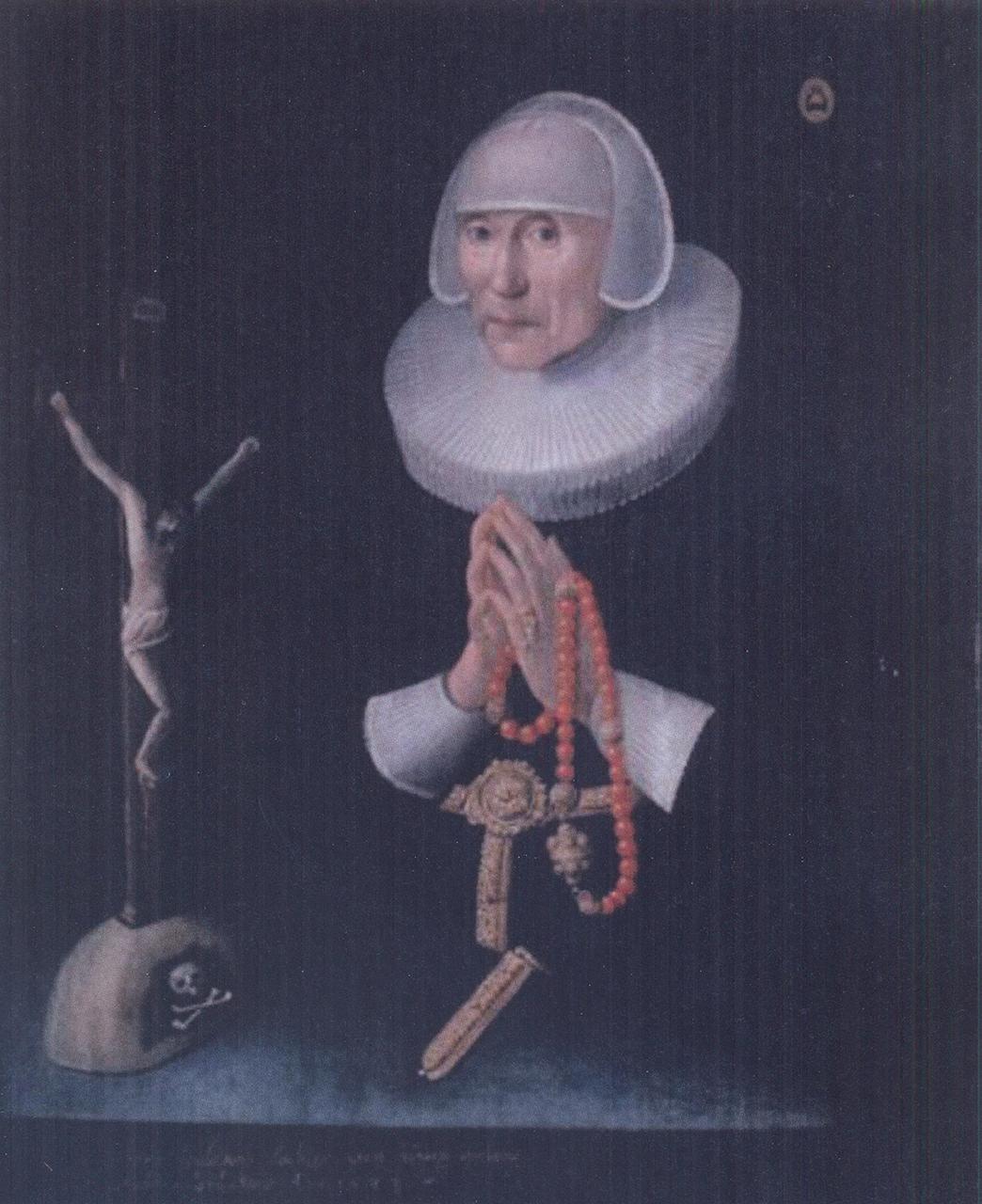
The Rosary Beads
A Very Private Connection with Your God
The origins of the modern Netherlands lies in the establishment of the Dutch Republic, in 1579. Seven provinces, mostly populated by protestants, in what was then known as the Spanish Netherlands, revolted against rule by largely Roman Catholic dominated Spain. They went on to declare their independence in 1581. Although the Dutch Republic was tiny, containing only around 1.5 million people, it controlled a worldwide network of seafaring trade routes. Through the Dutch East India Company, and the Dutch West India Company, it established a colonial empire, at one time the fourth largest in the world, after England, France and Spain. The massive wealth which came from this trade allowed the Dutch Republic to compete economically and militarily against much larger countries. To its credit, and benefit, the republic was more tolerant of different religions and ideas than contemporary states, allowing almost complete freedom of thought. Thus, Roman Catholics and Jews studied, traded and worshipped alongside everyone else who made the Republic their home. This tolerance of difference was instrumental in the development of Dutch trade, science and art during much of the 17th century. The rosary beads in this cabinet are a symbol of the mixture of people of differing faiths who would have been found in any of the VOC’s ships, at any time in its history, despite Protestantism being the most common religion in the Netherlands.

Helena Leydeckers openly practised her catholic faith by being portrayed with a crown of roses and a crucifix. Hendrick Koster (1643)
Credit: Historisch Museum Arnhem

Rosary Beads
Credit: WA Museum